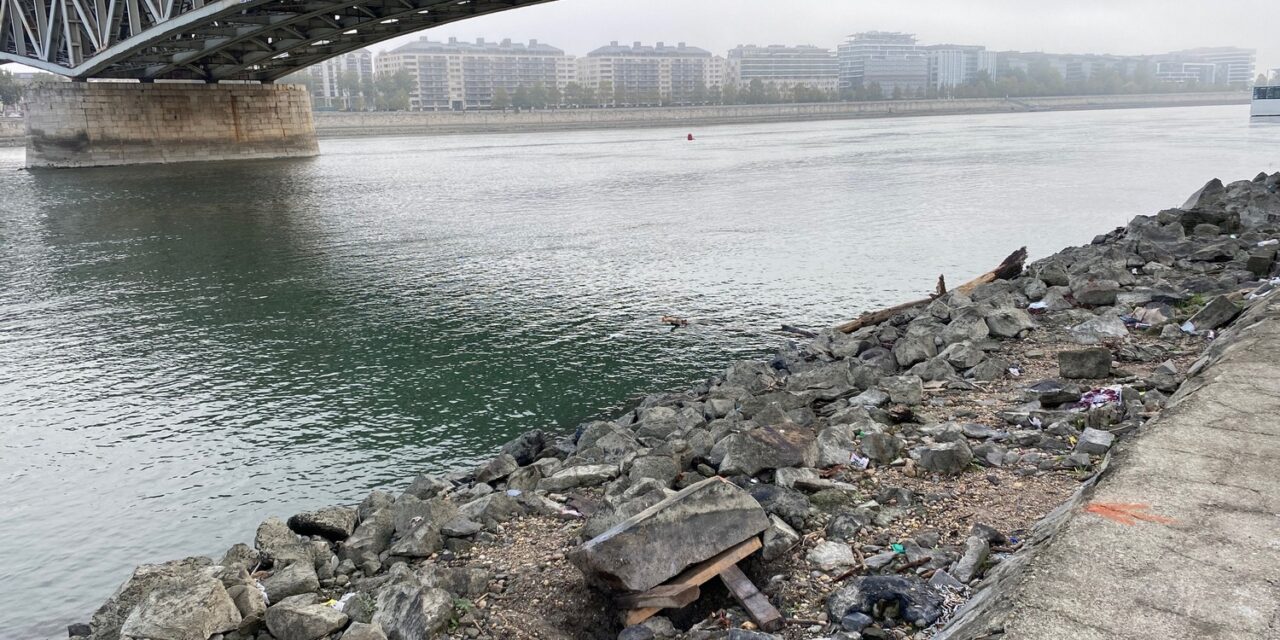Due to the low water level of the Danube, the tombstones scattered on the banks of the Danube 60 years ago became visible again, wrote the National Heritage Institute (NÖRI). In order to eliminate the offending state, NÖRI, as the background institution of the Prime Minister's Office dealing with the culture of mercy, highlighted the movable tombstones and transported them to a worthy place, the cemetery on Fiumei Street.
Four tombstones were removed and transported to the Fiumei út cemetery from those that were built into the Danube bank in the 1960s and became visible again in October due to the low water level of the river, the National Heritage Institute (Nöri) announced.
The announcement of the background institution dealing with the culture of mercy of the Prime Minister's Office states that four movable tombstones were removed from the river bank, but they intend to continue the work at low water levels. The four tombstones that have just been highlighted were transported to a "worthy place from the point of view of mercy, to the nation's central historical cemetery", the Fiumei út cemetery. Those to be highlighted later are also planned to be placed in this cemetery, they wrote.
A special place will be provided for the highlighted tombstones in the cemetery on Fiumei út.
The statement recalled:
There were many more cemeteries in the area of Budapest than at present, which were liquidated and incorporated as the population grew and the city expanded.
Many tombstones were saved from these cemeteries, so more graves were added to the Fiumei út cemetery when, for example, the Váci út cemetery was liquidated. The Németvölgy Cemetery was an active cemetery between 1885 and 1912, but it was only liquidated in the 1960s. At the request of the relatives, many tombstones were taken to the Farkasrét cemetery or the present-day Fiumei út cemetery, but
probably hundreds of tombstones fell victim to the stone-strewing of the Danube shore protection
- reads the document.
With its action, Nöri wants to eliminate the "disgraced state", and also has a firm intention to show that the monuments built by the death penalty cannot be "considered as building material in such a dispassionate manner, in the inhumane and uncultured manner of the former communist system".
they emphasized.
MTI
Photo: Facebook / National Heritage Institute













